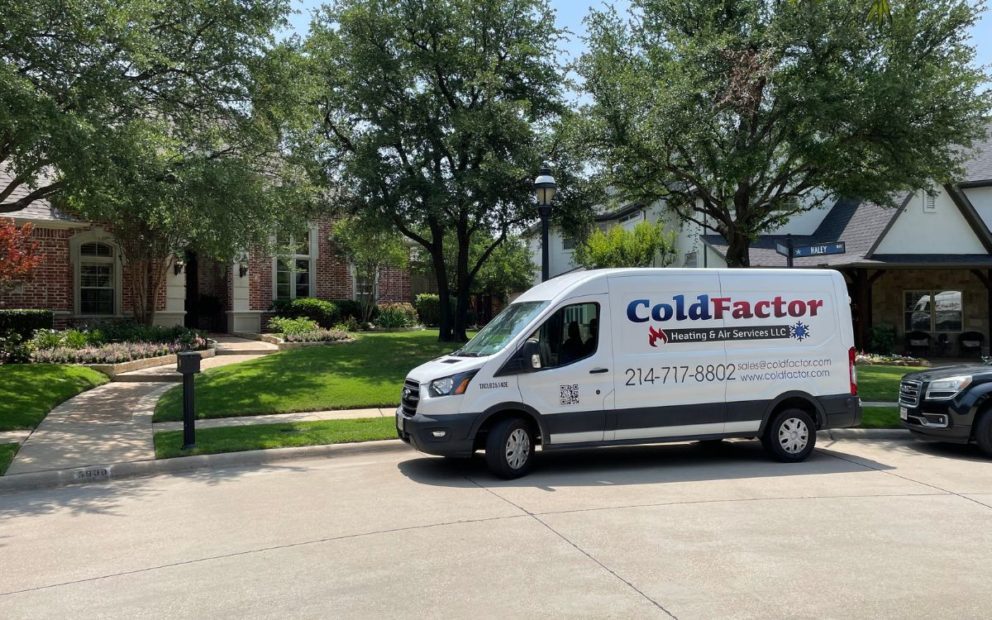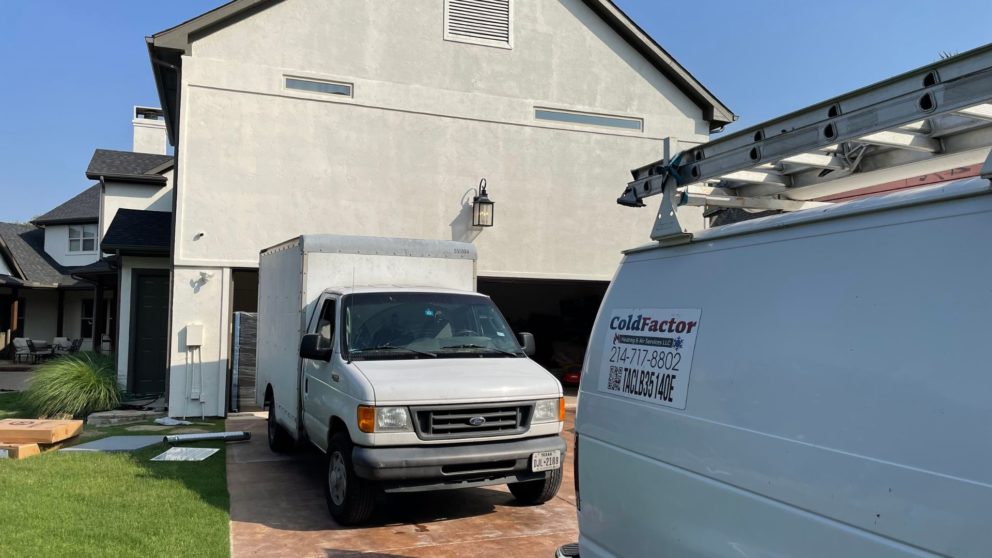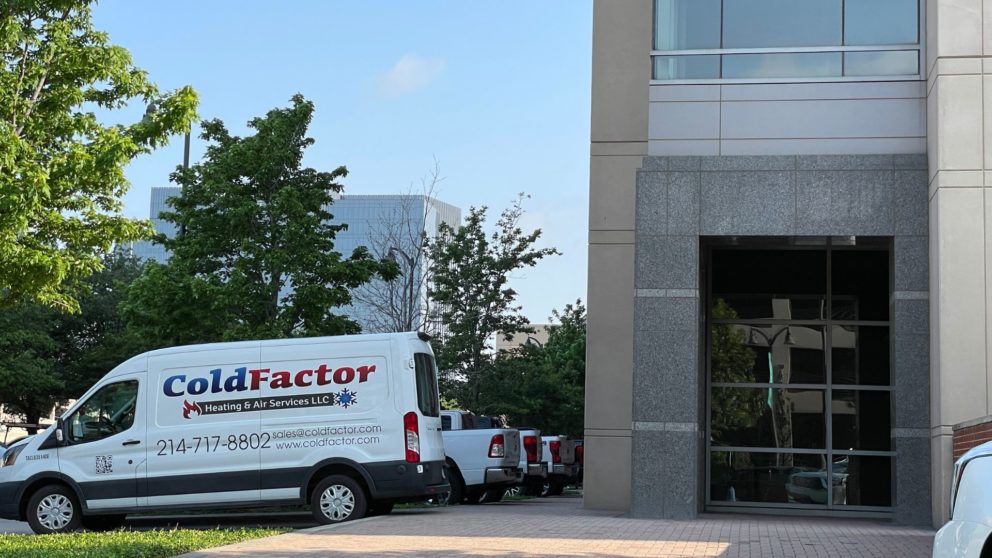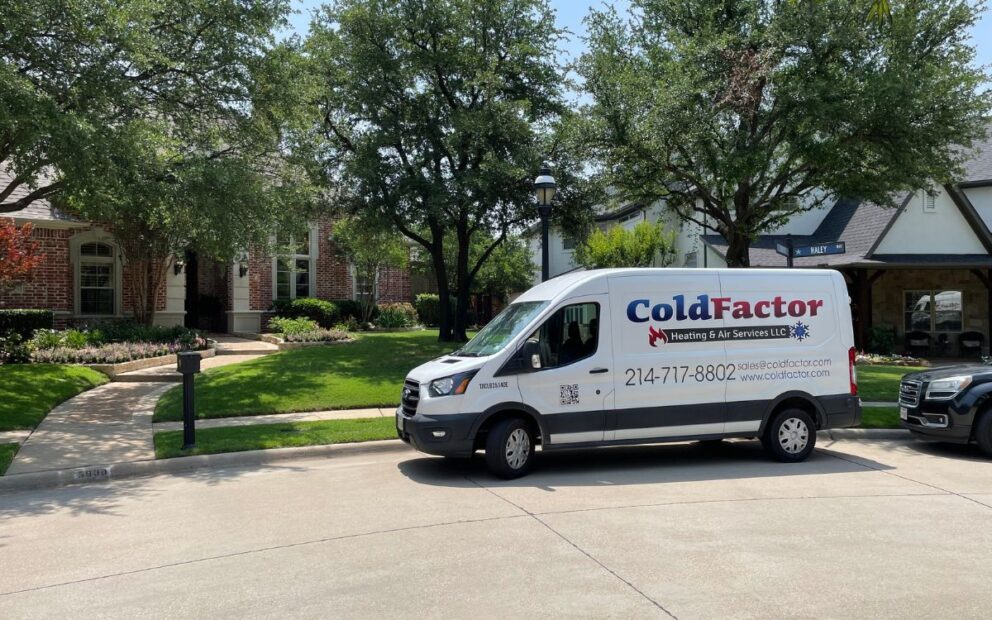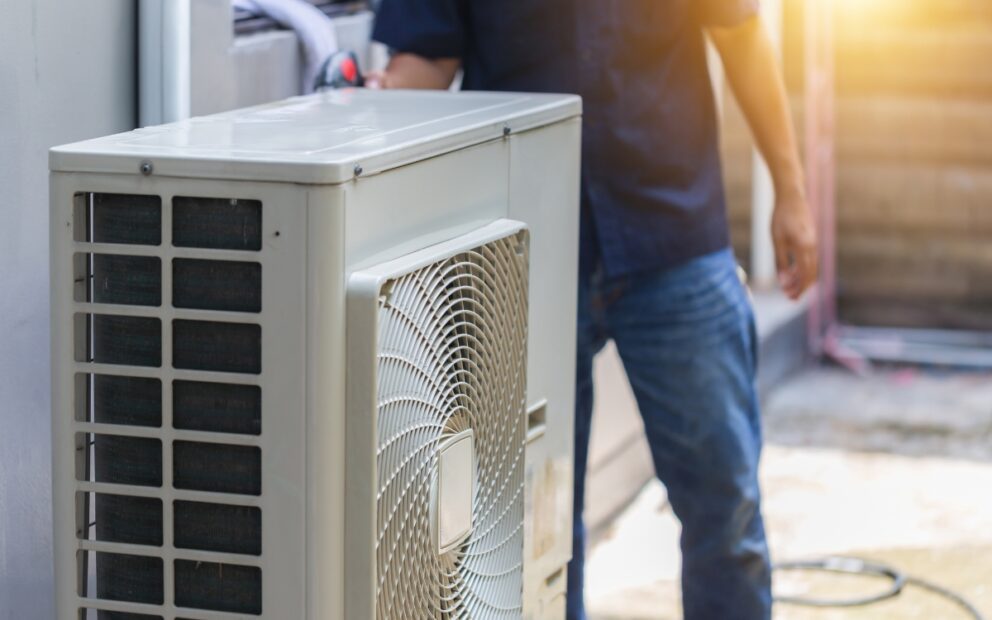Nearly every home, apartment, office, and facility has one – the common HVAC system is a utility mainstay that we all benefit from.
They cool us when it’s hot and warm us when it’s chilly. They even improve humidity and other aspects of a room’s air quality. No matter the season, an HVAC on the right setting can make any area more comfortable to be in.
But have you ever wondered how one works? Today we’ll cover the different setups and components in the HVAC industry, and discuss how each distinct function of these units is performed.
Common Components of an HVAC Setup
Anyone who’s ever peaked inside an HVAC unit will know there’s a number of interesting-looking parts inside. Each one plays a role in keeping the system running, and keeping our room feeling just right.
Thermostat
This is the main component most people know about. The thermostat functions as a temperature control, allowing users to input their desired temperature setting. Some older thermostats kick on automatically at a certain heat or cold level, while most can be adjusted manually.
The digital age has given us smart thermostats that can be programmed via mobile from a distance. It’s ideal when you want to set your system to get your house or office at the perfect temperature when you arrive without requiring it to run all day, or having to wait for it to get going once you get there.
Furnace
It could be called the most important part of a system, especially for heating purposes. The furnace is typically the largest component, and is responsible for heating the air to generate warmth in your home or business.
The heat can be generated from a variety of sources. This includes electrical circuits, solar panels, and fuel such as oil or gas.
Evaporator, Condenser, and Lines
This trifecta is linked together because it works seamlessly to power your system. The evaporator coil is essential to an HVAC’s cooling function. They cool down air that your unit brings in, which is then circulated into your home to help counteract those sweltering days and stuffy conditions.
As the name suggests, this part evaporates refrigerant that is fed into the device via the compressor pump, a unit that’s usually located outside your home. The liquid refrigerant is actually transported there in gas form, via refrigerant lines, which are another crucial part of the setup.
What Type of HVAC System Do You Have?
HVAC systems may all serve the same set of purposes, but they come in various forms. This is by design, as buildings are different and some systems excel in specific settings. Here are the most widely used HVAC options on the market.
- Split Heating and Cooling Systems: These units get their name by splitting their components’ locations between indoors and outdoors. They pull air from outside, prepare it to the proper temperature and conditions, and distribute it via ducts. The ducts make it ideal for multi-floor houses, apartments, and other spread-out facilities.
- Duct-Free: This system is essentially a split that functions without ducts. It’s helpful for small homes and offices, as well as older buildings that don’t have ducts. Smaller versions of these units can also be fitted in rooms where ducts can’t reach. They can be set in windows, and some are also freestanding.
- Zoned: Zoned systems are a variation of duct systems, and provide users the chance to control air flow through individual ducts. Valves and dampers can impede or allow air flow at different levels, so there’s no wasted energy when only certain rooms need to be reached.
Each of these systems can come in different sizes. They may also come with additional control options, such as humidity, which can be handy for drying out a room on a muggy day or improving air quality when it’s too dry.
How Each Function of the HVAC System Works
With information in mind about the common components and models of HVAC systems, it’s easy to see how they perform their common functions. Here we’ll discuss the main three – heating, cooling, and humidity control.
Heating
When a unit heats a home, it typically draws power from a single fuel source as mentioned above, though some units use a combination for better energy performance and sustainability. Electrical components and some gas models can heat from inside in mounted or freestanding units.
For split systems, heat pumps typically pull air from the outdoors and heat it up. It’s important to remember that a heat pump does not actually generate heat – it simply transports it. These units are common in areas with mid-range temperatures, as it’s easier to heat air that’s already close to warm.
Cooling
While a heating system can essentially pull cool air from a home and cycle it back in once it’s heated, cooling systems do the opposite. As mentioned, the pump, coils, and hoses play a key role in making this process work.
Refrigerant, which can be either a liquid or gas depending on how it’s being pressurized by the system, cools the air that’s pulled from either the outdoors or within the building. Especially for indoor air, once it’s already cooled, it’s much easier for the system to keep cycling and maintain a cold temperature.
Humidity
While many people use portable humidifiers, these units are limited in their reach and require manual filling to work. But HVAC units can have humidity components installed within them. Drawing water from the building’s own utility hookups, this unit can apply water to the furnace’s airflow.
The water is sometimes run over a pad or a rotating drum, and it can also be applied in a mist. Any of these options results in air that is less dry, which can sometimes be better for avoiding skin irritation and for helping people breathe easier.
Call Cold Factor for HVAC Repair and Servicing
The HVAC is a complex system with many important parts and many unique variations. No matter what kind you have or how long you’ve had it, it’s wise to have it serviced by specialists.
If you’re looking to get your unit repaired or simply to have some routine maintenance performed to make sure it’s running at optimal levels, we can help.
Cold Factor Heating & Air Services LLC has over 25 years of experience working with HVACs. We service all major brands, so reach out today to get the quality HVAC service you need. Contact us online or give us a call.


